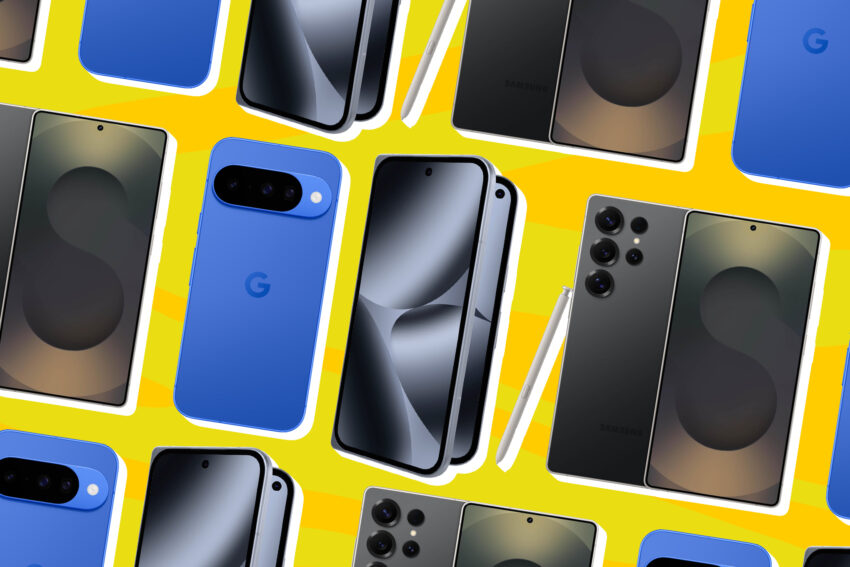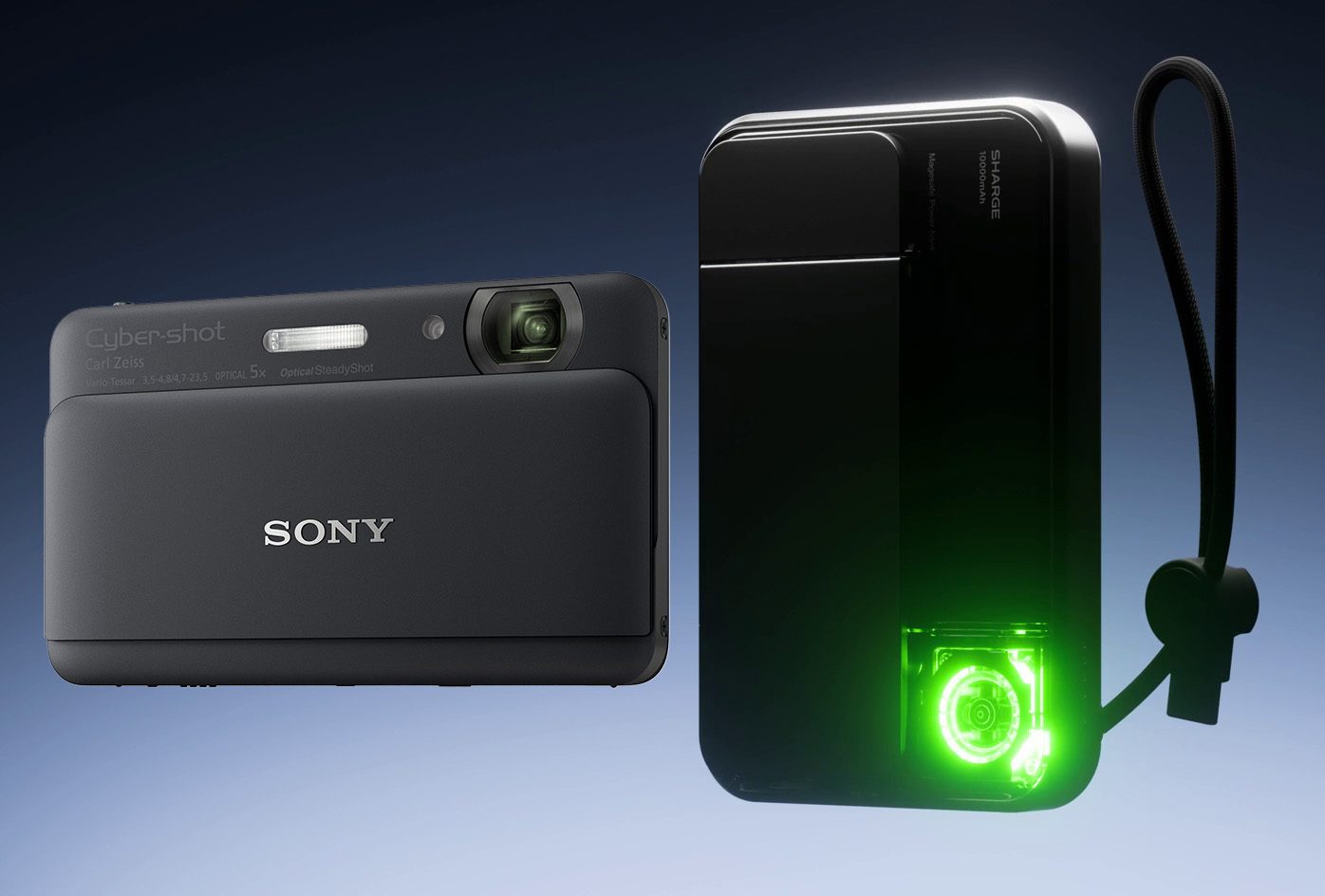
the best android phones With an ever-expanding selection of devices, the Android ecosystem offers a wealth of choices for consumers looking to upgrade their smartphones.
the best android phones
The Android Ecosystem: A World of Choices
The Android ecosystem is all about choice. Unlike iPhone owners, who have a limited selection of devices when it’s time to upgrade, Android users enjoy a diverse array of options. From sleek designs to innovative features, the variety can be overwhelming. Some Android phones even fold in half, showcasing the creativity and engineering prowess of manufacturers.
However, this abundance of choice can lead to difficult decisions. With so many models available, it’s essential to identify what you’re looking for in a smartphone, your budget, and your definition of a “reasonably sized phone.” As someone who has tested numerous recent Android phones, I aim to guide you through the current offerings to help you find the right fit.
AI Features: The Buzzword of the Moment
As you explore your options, you’ll likely encounter the tech industry’s favorite buzzword: AI. While some Android devices tout impressive AI capabilities, my experience has shown that these features often fall short of expectations. For instance, the Pixel 10 series introduces useful functionalities like Magic Cue, which proactively surfaces relevant information when needed. Similarly, Galaxy devices can translate phone calls in real time. While these features are noteworthy, they do not represent the paradigm shift that tech companies often promise. It’s wise to approach AI claims with a healthy dose of skepticism.
The US Market: A Limited Selection
For those residing in the United States, the Android market presents some challenges. Due to complex factors related to capitalism and geopolitics, many popular brands such as Huawei, Xiaomi, Honor, and Oppo are unavailable in the US. Consequently, this guide focuses on devices I have personally tested, resulting in a US-centric set of recommendations.
It’s also worth noting that most consumers in the US acquire their phones “for free” through wireless carriers. If possible, purchasing an unlocked phone can provide greater flexibility, especially if you plan to switch carriers in the future. Manufacturers often offer financing and trade-in deals to make the payment process more manageable. However, if you’re satisfied with your carrier and the free phone they offer aligns with your needs, it’s perfectly acceptable to take that option. Just be sure to understand the terms, especially if you need to change plans to take advantage of the deal.
Top Android Phones to Consider
Regardless of how you choose to purchase your next device, there are excellent options available in the Android market.
The Best Android Phone Overall
Google Pixel 10 (128GB)
Google’s Pixel 10 features a 6.3-inch OLED display, powered by the Google Tensor G5 processor, with 12GB of RAM. It supports Pixelsnap wireless charging and boasts a triple-lens camera system, including a new 5x telephoto lens.
- Score: 8
- Pros:
- Qi2 wireless charging with magnets is convenient.
- AI features are genuinely useful.
- Telephoto camera adds versatility.
- Cons:
- Main and ultrawide cameras are not as impressive as the Pro model.
- Battery life is average.
With a price tag of $799, the Pixel 10 offers a sharp 6.3-inch OLED screen and the same Tensor G5 chip found in the pricier Pro version. The device is designed for everyday use without unnecessary complexity. The addition of a dedicated telephoto lens is a notable upgrade for the non-Pro model, although the main and ultrawide cameras do not match last year’s performance. For most users, the Pixel 10 delivers clean and reliable photos, making it an excellent choice for those seeking a straightforward Android experience.
The Best Maximalist Phone
Samsung Galaxy S25 Ultra
The Galaxy S25 Ultra stands out as Samsung’s answer to the question, “What if your phone had all the features?” It includes two telephoto cameras, a built-in stylus, and a large, vibrant display.
- Score: 8
- Pros:
- Exceptional screen quality.
- Improved ultrawide camera.
- Rounded corners enhance comfort.
- Cons:
- High price point.
- Device can feel bulky.
- AI features remain inconsistent.
Retailing at $1,299.99, the Galaxy S25 Ultra features a 6.9-inch 1440p OLED display and a powerful Qualcomm Snapdragon 8 Elite processor. While the design has seen minor improvements, the focus has shifted to software features, particularly AI capabilities. However, the AI performance on Galaxy devices still leaves much to be desired. Despite these shortcomings, the S25 Ultra remains the best option for those seeking a feature-rich Android phone.
The Best Android Phone That Isn’t Huge
Samsung Galaxy S25
The Galaxy S25 is a standout choice for those who prefer a more compact device without sacrificing performance.
- Score: 8
- Pros:
- Compact size for easier handling.
- Seven years of OS upgrades.
- Excellent camera quality.
- Cons:
- Samsung’s software can be cluttered.
- AI features are still hit or miss.
Priced at $799.99, the Galaxy S25 features a 6.2-inch 1080p OLED display and a Qualcomm Snapdragon 8 Elite processor. It offers a reliable battery life and a solid camera system, including a real telephoto lens. While it may not be the most powerful option available, the S25 excels in providing a balanced experience for users who prefer a smaller device.
The Best Lightweight Big Phone
Samsung Galaxy S25 Edge
The Galaxy S25 Edge redefines what it means to be a big phone, offering a slim and lightweight design.
- Score: 8
- Pros:
- Slim design makes it easy to handle.
- Surprisingly lightweight.
- Cons:
- Lacks a dedicated telephoto camera.
- Battery life is average.
Available for $1,099.99, the Galaxy S25 Edge features a 6.7-inch 1440p LTPO OLED display and a Qualcomm Snapdragon 8 Elite processor. While it lacks a telephoto lens, it compensates with a lightweight design that makes it easy to carry. Users should be mindful of battery life, but the overall performance remains strong.
The Best Phone If You Hate Waiting for Your Phone to Charge
OnePlus 13
The OnePlus 13 is an excellent choice for those who prioritize battery life and fast charging capabilities.
- Score: 8
- Pros:
- Outstanding battery life.
- Six years of security updates.
- Cons:
- Not as many OS updates as competitors.
With a price of $899.99, the OnePlus 13 features a 6.82-inch 1440p LTPO OLED display and a Snapdragon 8 Elite processor. Its 6,000mAh battery can last up to two days on a single charge, making it ideal for users who are often on the go. Charging is also rapid, with an 80W wired charger included in the box, ensuring that you can quickly top off your battery when needed.
The Best Foldable Phone
Google Pixel Pro 10 Fold (256GB)
The Pixel 10 Pro Fold offers a unique take on the foldable phone market, combining durability with functionality.
- Score: 8
- Pros:
- Full dust resistance.
- Qi2 support with built-in magnets.
- Cons:
- Heavy and chunky design.
- Cameras are not as advanced as other models.
Retailing at $1,799, the Pixel 10 Pro Fold features an 8-inch inner display and a 6.4-inch cover screen. Its IP68 rating ensures that it can withstand dust and water exposure, making it a more durable option in the foldable category. While the camera performance may not match that of other Pixel models, the overall functionality and design make it a compelling choice for foldable enthusiasts.
Other Android Phones Worth Considering
While the aforementioned devices represent some of the best options available, several other Android phones deserve mention:
- OnePlus 13R: A midrange phone with a 6.78-inch OLED display and impressive battery life, priced at $599. However, it lacks wireless charging and full water resistance.
- Google Pixel 9A: Offers robust water resistance and a slightly larger screen than its predecessor, with seven years of OS updates, making it a strong value at an affordable price.
- Nothing Phone 3: Marketed as a flagship phone, it features a 6.67-inch OLED display and a Snapdragon 8S Gen 4 chipset, starting at $799.
- Galaxy Z Flip 7: Samsung’s latest flip phone features a larger edge-to-edge display but lacks dust protection, raising concerns about durability.
- Pixel 9 Pro Fold: A great entry point for foldable phones, though it lacks dust resistance and has a downgraded camera system compared to other Pixel devices.
- Pixel 10 Pro: Google’s flagship model with a premium design and useful AI features, but battery life remains average.
- Galaxy Z Fold 7: A lightweight foldable with a spacious inner display, priced at $2,000, but offers limited dust protection.
What’s Coming Next
As we move past the major releases for the year, the market is currently in a lull. However, rumors suggest that Samsung may unveil a trifold device before the end of 2025. Regardless, consumers have more options than ever, whether upgrading an existing device or purchasing their first smartphone. This period is typically characterized by exciting innovations and announcements, keeping the Android landscape dynamic.
In conclusion, the Android market is rich with choices, catering to a wide range of preferences and budgets. Whether you prioritize camera quality, battery life, or innovative features, there’s likely an Android phone that meets your needs.
Source: Original report
Was this helpful?
Last Modified: October 22, 2025 at 10:43 pm
2 views















